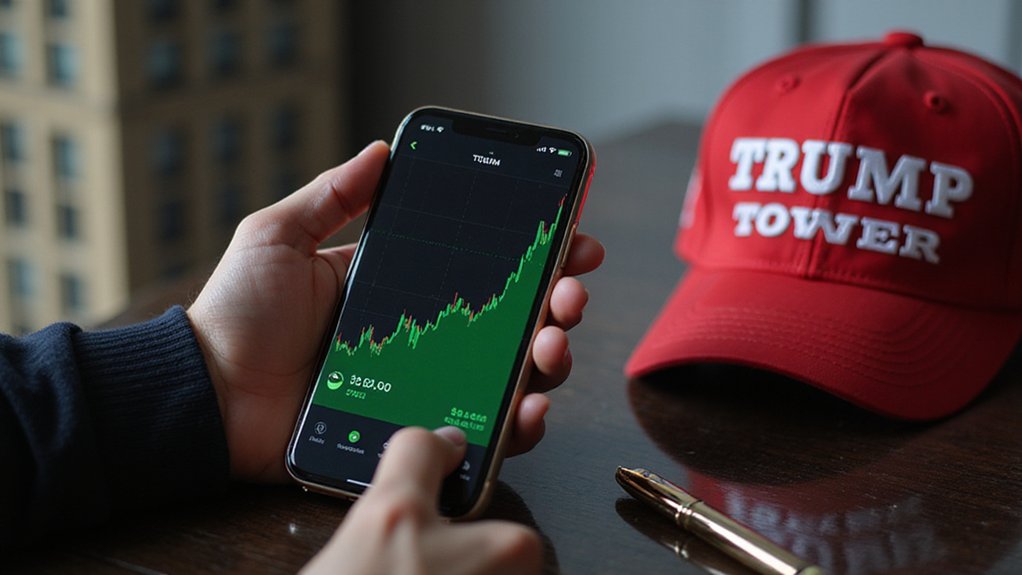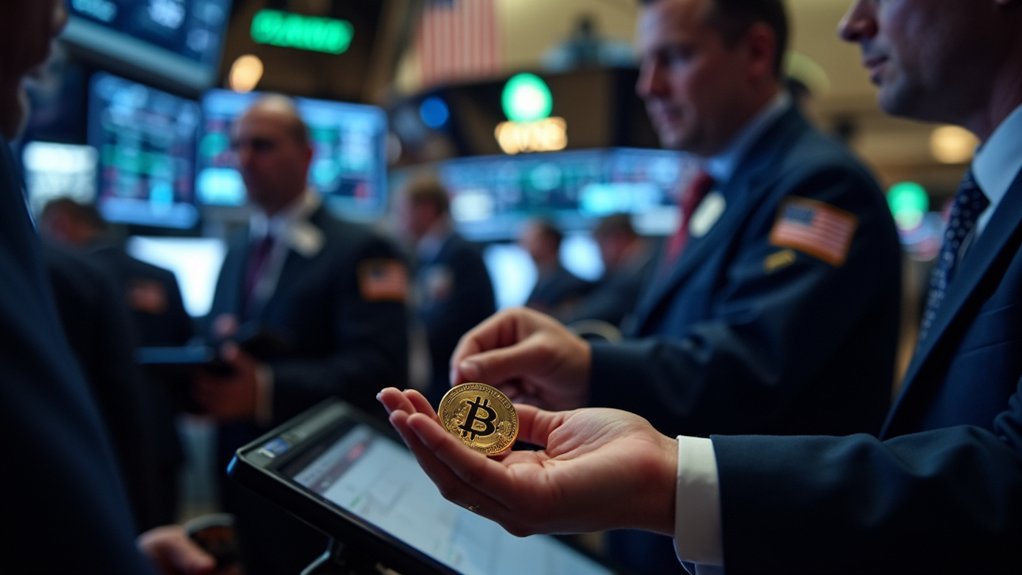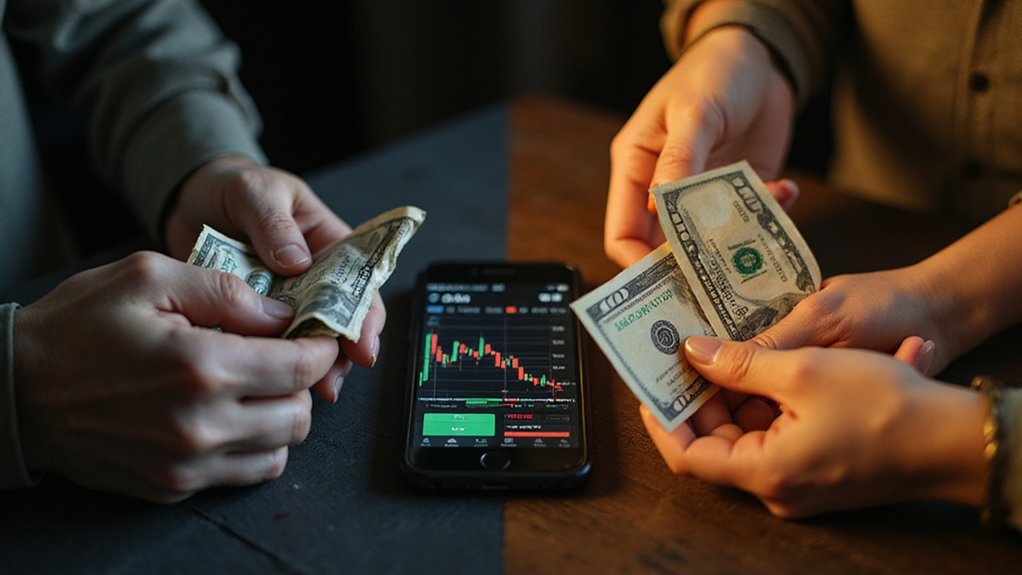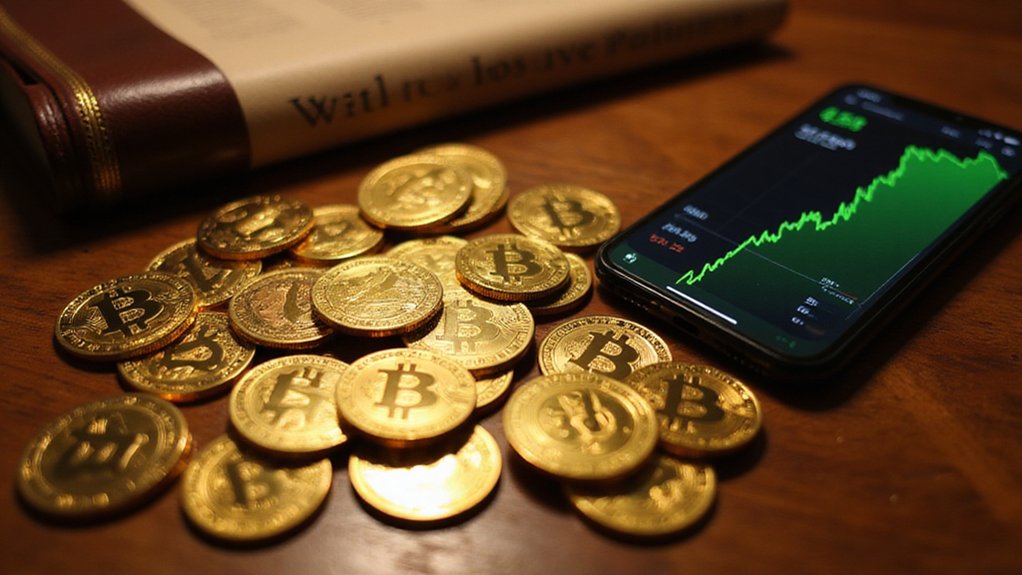How exactly does a family shifting from real estate empire to political dynasty pivot so seamlessly into the volatile world of cryptocurrency? The Trump family’s latest venture—World Liberty Financial—has emerged as a significant player in the crypto space, orchestrating a $2 billion investment deal between UAE-backed MGX and Binance utilizing their proprietary USD1 stablecoin.
This stablecoin, despite its absence from centralized exchanges, boasts a market valuation of approximately $2.1 billion—a remarkable feat for a nascent digital asset. The venture, helmed by Eric Trump alongside real estate magnate Steve Witkoff and his sons, represents a departure from the family’s traditional business model while potentially yielding substantial returns should the stablecoin gain widespread adoption. Unlike Ripple’s RLUSD which offers dual-chain issuance on both XRP Ledger and Ethereum, USD1 currently operates with more limited blockchain compatibility. The announcement of this major deal took place at the Token2049 conference in Dubai, highlighting its international significance.
The deal’s architecture raises eyebrows in financial circles. MGX, an Abu Dhabi government-backed entity, is channeling billions into Binance—a crypto exchange that recently pleaded guilty to anti-money laundering violations—using a Trump-affiliated financial instrument. This triangulation of interests creates a nexus of political connections, foreign capital, and regulatory shadows that would make even seasoned Wall Street operators pause. A New York Times investigation uncovered evidence of secret multimillion-dollar payments solicited in connection with World Liberty Financial, further complicating the ethical landscape.
A financial ménage à trois of political power, foreign wealth, and regulatory blind spots that Wall Street veterans find unsettling.
Chinese crypto billionaire Justin Sun has also thrown his capital behind World Liberty Financial, despite facing ongoing SEC litigation—a detail that hasn’t deterred the partnership’s momentum. The consortium’s international composition introduces regulatory complexities that transcend mere financial considerations.
Critics have characterized these arrangements as potential “endorsements-for-cash” schemes, questioning whether proper ethical boundaries separate business interests from political influence. The opacity surrounding certain aspects of these transactions has fueled speculation about potential conflicts of interest should the Trump family return to political prominence.
For investors watching from the sidelines, the Trump stablecoin venture represents either a brilliantly timed entry into digital finance or a precarious entanglement of international capital, political leverage, and regulatory risk. While the earnings potential remains substantial—the $2 billion investment could generate significant returns through transaction fees alone—the venture exists in a regulatory gray area that may face increased scrutiny as digital assets continue their march toward mainstream financial legitimacy.









